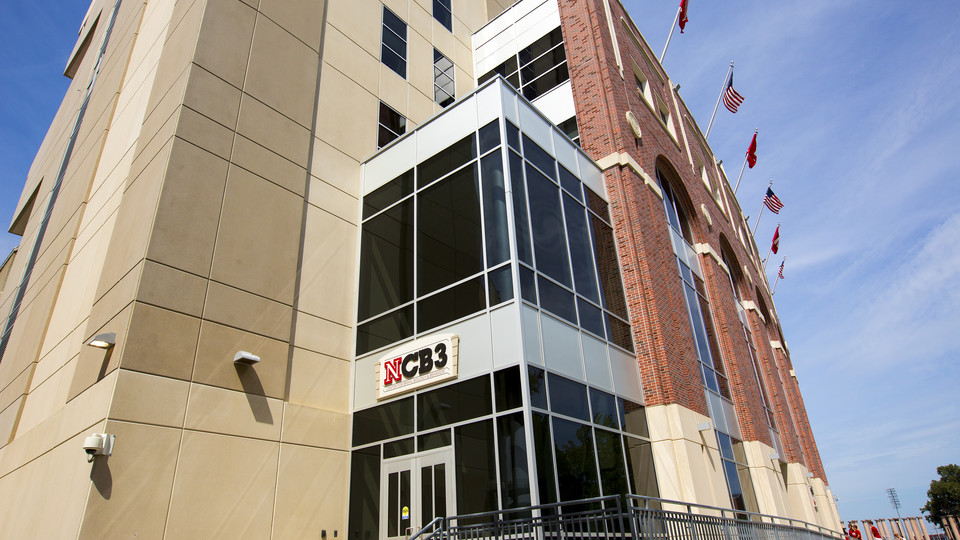· 4 min read
Nebraska Unwrapped: CB3 builds on momentum

It has been another successful year for the University of Nebraska-Lincoln. In the spirit of the holiday season, we’re unwrapping the impact of the state’s flagship institution and taking a closer look at some highlights. Today, Nebraska Unwrapped is focusing on research. Other topics in the series include innovation, outreach and student experience.
The University of Nebraska-Lincoln’s Center for Brain, Biology and Behavior is on a roll.
Four years after the center opened its doors, scientists in the state-of-the-art interdisciplinary research center are publishing groundbreaking research across the academic spectrum, from neuropsychology and early childhood development to sensorimotor function and political science.
Jennifer Mize Nelson, director of administration, said all of the CB3 facilities, including the functional magnetic resonance imaging facility and salivary bioscience laboratory, are regularly busy running trials.
The salivary bioscience laboratory — is recording increased activity, thanks in part to “Spit Camp” workshops. Offered periodically, the sessions show researchers how the lab uses saliva to test for stress hormones and other biomarkers.
“It’s a technology that more and more people can pick up quickly with the training we offer,” Nelson said.
This year the center continued its partnership with the Nebraska Athletic Performance Lab and Husker Athletics by establishing a data repository to store de-identified health and performance data. The information is collected in the course of regular activities from student-athletes who give consent. Nelson said the repository will be a boon for future research in concussion, nutrition, body composition and other athletic performance areas.
“We’ve had a lot of support from the athletic department to help set that up,” Nelson said. “It created a way to have a core set of data from college student athletes that is a real wealth of information.”
In January, Cary Savage will come on board as the center’s new director. He is currently senior scientist and director of imaging research at the Banner Alzheimer’s Institute in Phoenix, Arizona. At Nebraska, Savage will continue research on health behavior, decision making, mechanisms of eating and exercise adherence.
David Hansen, professor of psychology and current director of CB3, will return full-time to directing Nebraska’s Clinical Psychology Training Program and Law-Psychology Program.
Nelson said there has been steady growth in the number of faculty who use the center and grant dollars earned for research projects. Key research grants have been awarded by the National Institutes of Health and the National Science Foundation.
“The center was founded with a mission of interdisciplinary research,” Nelson said. “We have an open door policy for faculty throughout the university system and we’ve been working with people from the University of Nebraska Medical Center and the University of Nebraska at Omaha.
“The research and collaborations are only going to continue to grow, and that’s exciting.”
Revolutionary research is taking place across the university. Here are some additional highlights:
Research expenditures totaled $295 million.
The Nebraska Food for Health Center was established to take a multidisciplinary approach to research the intersection of medicine and food.
Researchers designed a smart bandage that has the capability to deliver medication to a wound with a phone app or other wireless device.
The university opened the Veterinary Diagnostic Center, which will provide lab services for veterinarians and livestock owners, continue animal research and enhance the learning experience for veterinary students.
Biologists took a step closer to developing an HIV vaccine by engineering an on/off switch into a weakened form of the virus.
Husker engineer designed and refined an acoustic approach to detect defects in concrete bridges.








